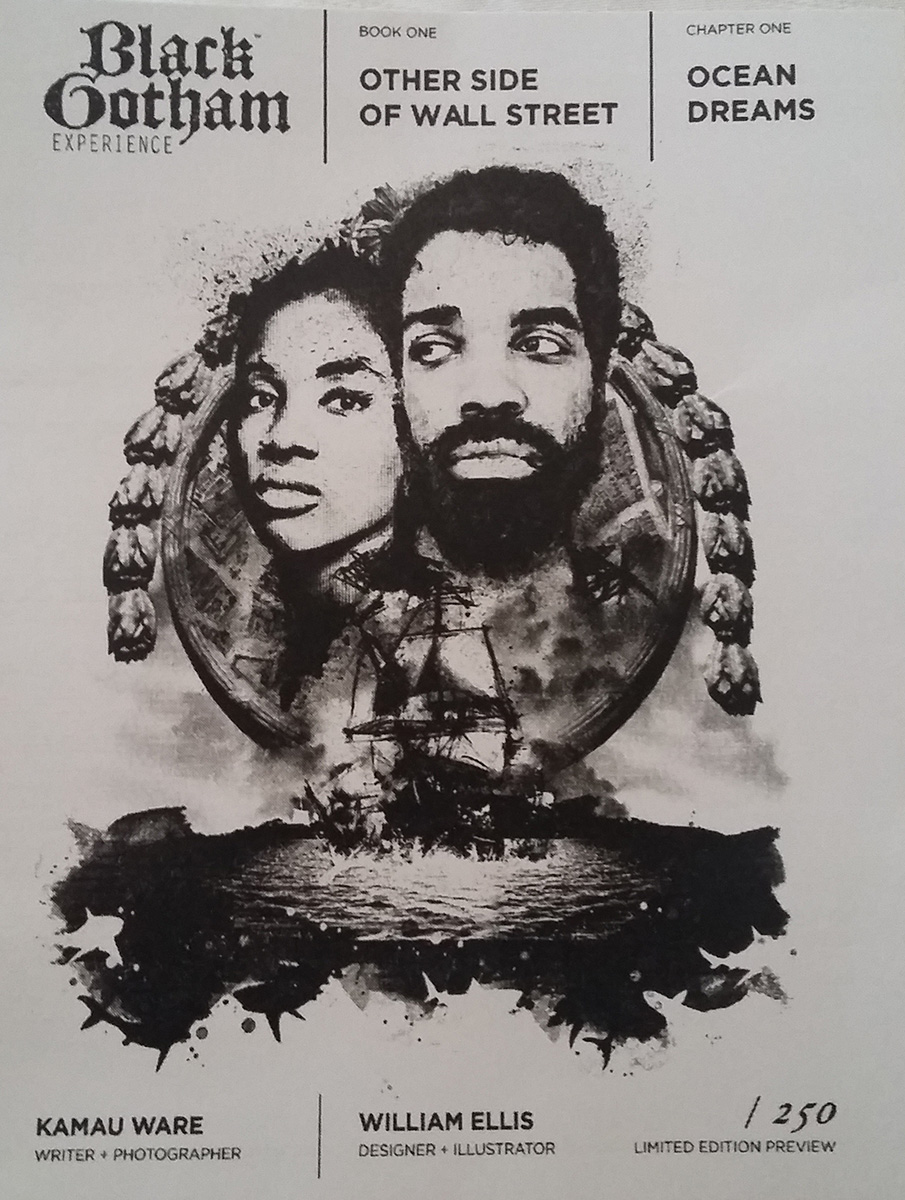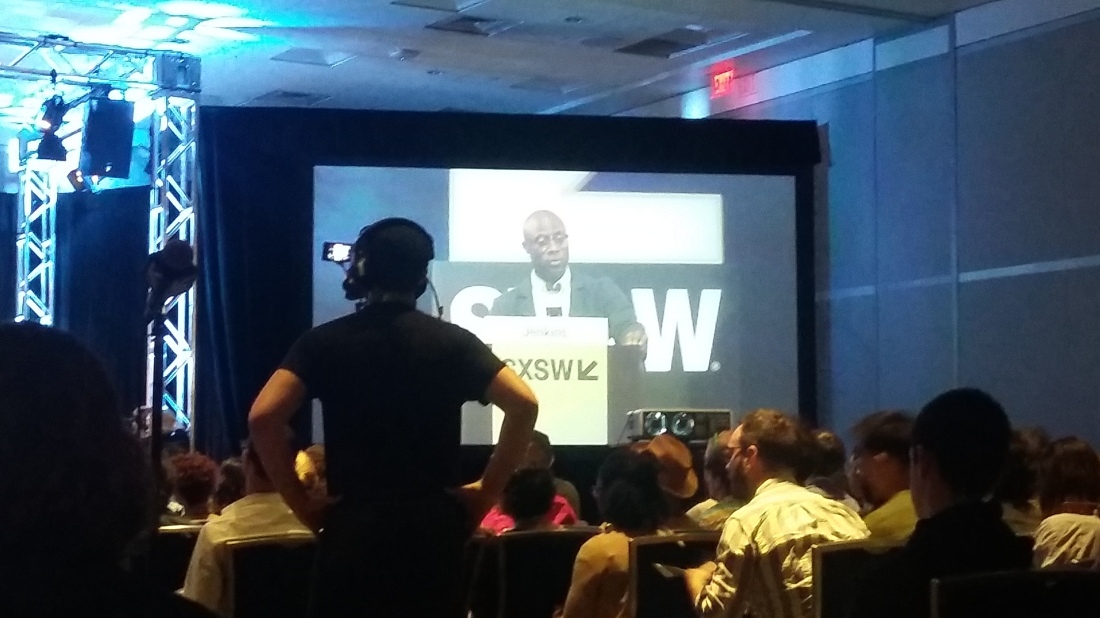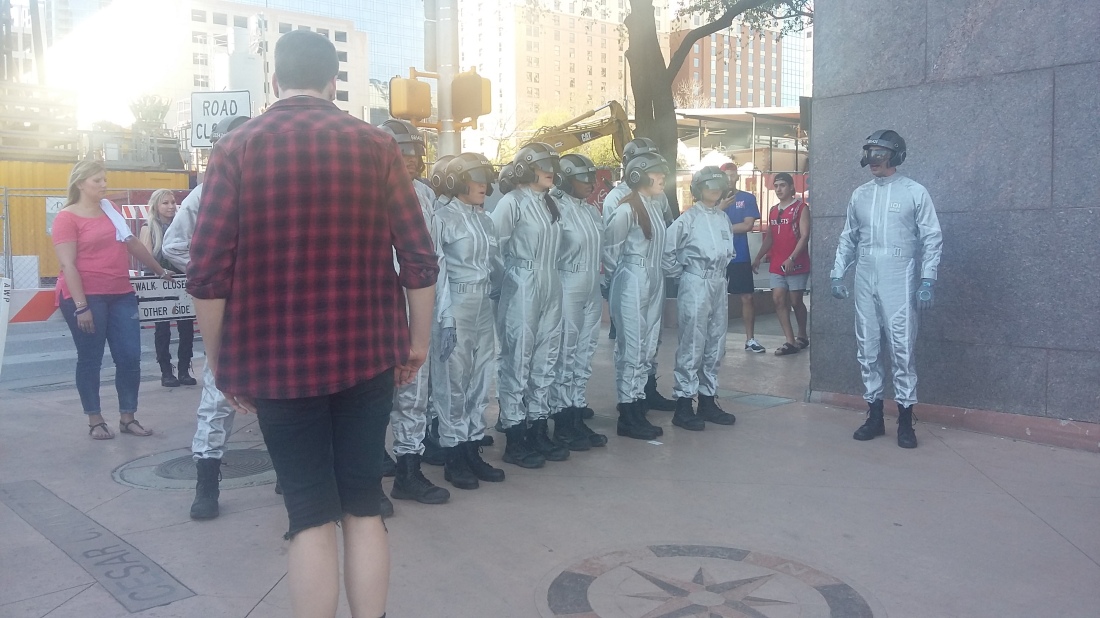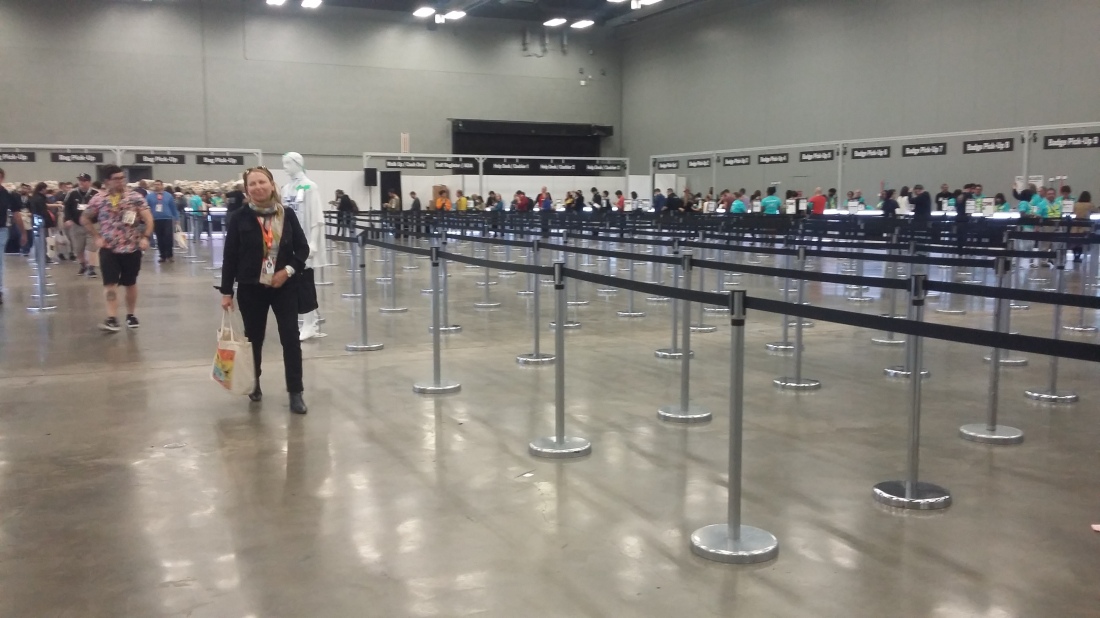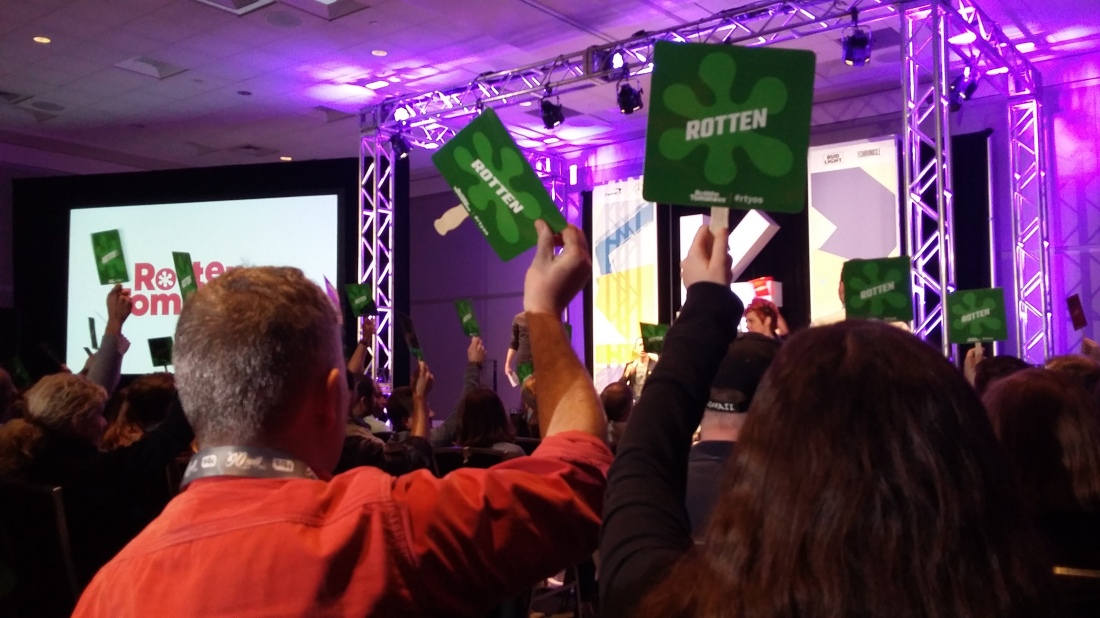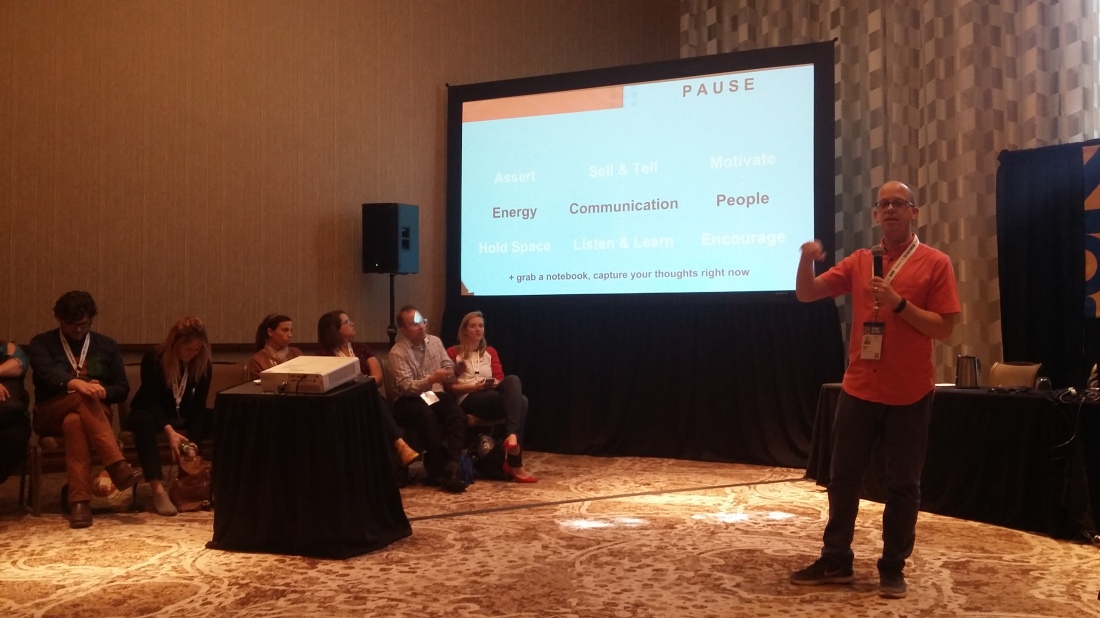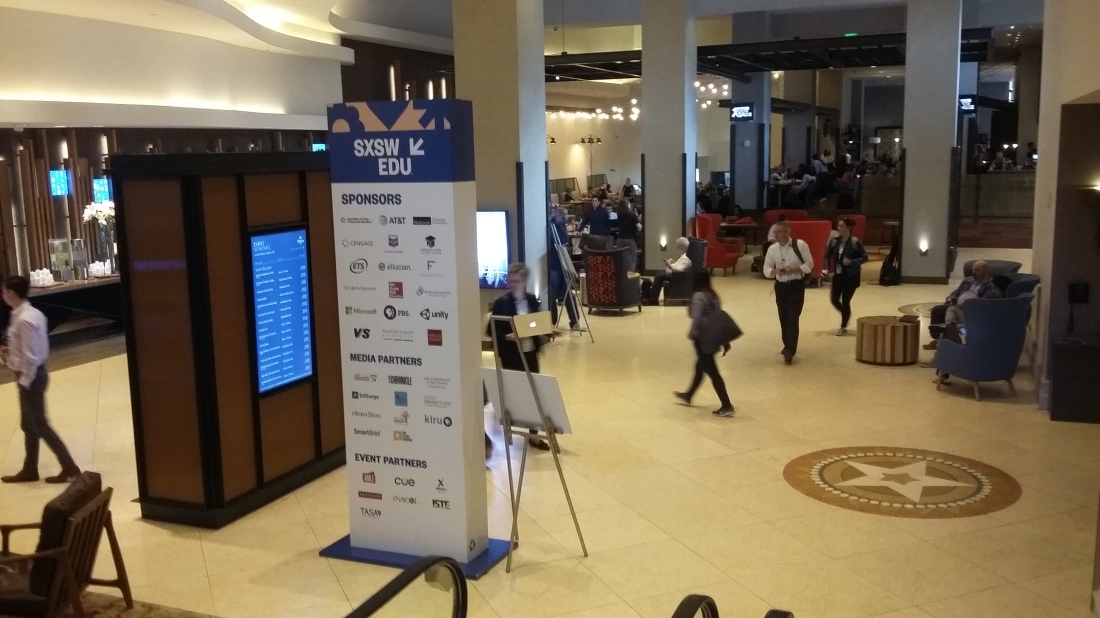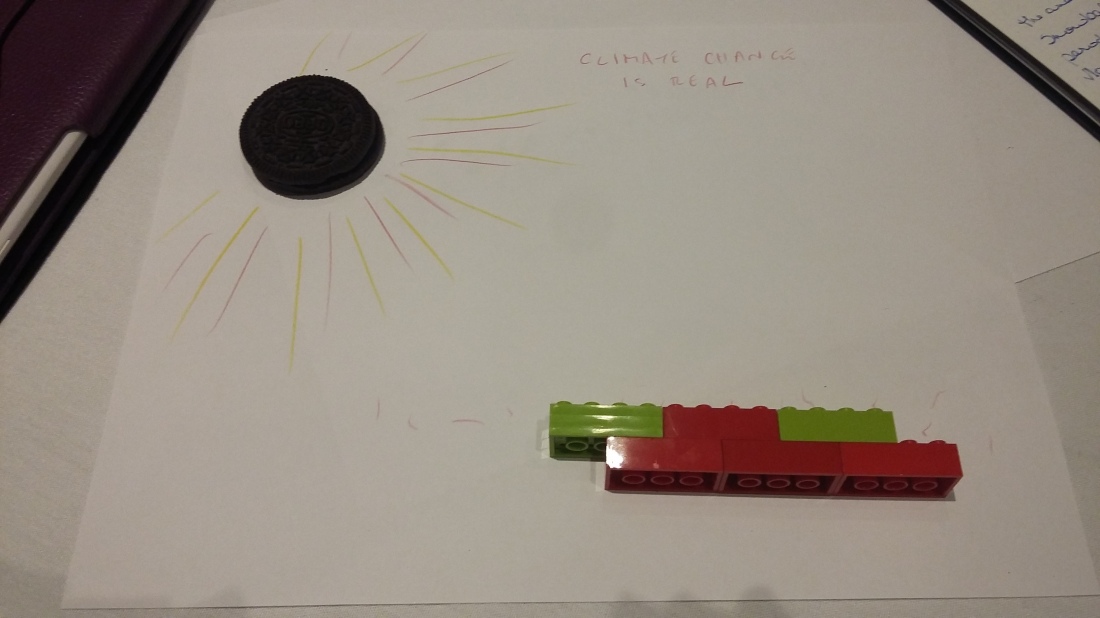So, I’ve just spent three incredible days at the University of Texas! Everyone was so accommodating and helpful and I’ve enjoyed my time here immensely. The weather was also great, sunny and warm pretty much every day.
Mackenzie Merrill, the Outreach Specialist, took me on a tour of the Foundry, a makerspace set up in the Fine Arts Library. This makerspace is available free to all students, faculty and staff members. The initial setup was provided with a grant from the Hearst Foundation. It includes 3D printers, laser cutters, sewing machines and a recording studio, all of which are well-utilised.
They also have virtual reality equipment which I got to try out. Have a look at this video where I’m doing some VR painting and talking to Boris Brodsky, arts and creative technologies librarian in the Fine Arts Library.
The Foundry is staffed by students who help new users in using the equipment (it’s a requirement to be certified before using the equipment), as well as set up equipment for workshops. One of these students, Marisol, was kind enough to show me how to use the 3D printer. Experts are brought in to run workshops on various topics – one of the days I was there, they were getting ready to run an Arduino workshop.
J.E. Johnson and Karen Maness took me through a project to create three raptor costumes for a theatre production of ‘Enron’. Students involved in the project came from a multitude of disciplines (e.g. English, Marketing, Film & TV, Theatre, Costume), and the project used design thinking, collaboration and practical skills to successfully complete the project. They had various constraints to work with, such as how often the dinosaurs would be on stage, that the performers wearing the costumes would be small dancers, and that the dinosaurs needed to pick up money. The process of mind-mapping using Post-it notes gave all students a voice, even the quiet ones. They used a working timeline to motivate the students, with markers which were moved according to where they were up to. Slack was used by the students to collaborate with each other.
J.E. and Karen wanted to create a startup atmosphere with a flat organisation structure and groups were organised by the tasks they were doing. The project was largely student-led, researching techniques on the internet. Professionals were also brought in to assist with specialty areas, with backgrounds in special effects, animation and costume. Early prototypes were created using pool noodles and masking tape so that they could think about the process rather than be burdened by the various technologies that could be used. The dinosaurs ran using Arduinos and were remotely-controlled. The following video shows J.E. and Karen explaining to me how various components of the raptors were created.
The main idea behind this project was to create collaborative students who are nimble, and able to fail quickly and recover. They wanted the students to be employable and the skills that they’ve used in this project are very transferable to other industries.
The following video that they produced gives an overview of the project over the semester. Some other videos about the project are also available on their YouTube channel.














